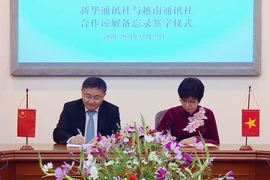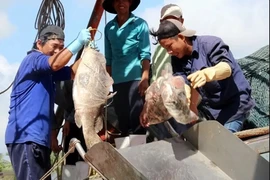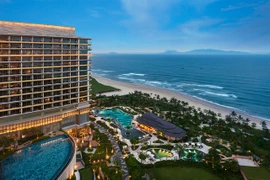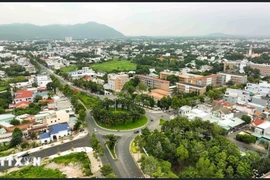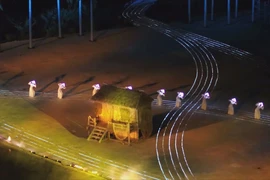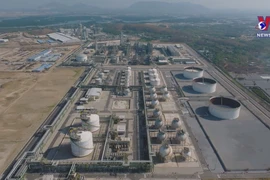As the gateway on the urban-industrial economic corridor of the Mekong Delta, closely connected to Ho Chi Minh City and the Southeast region, Long An has been organising its socio-economic activities under the model of "one center, two economic corridors, three socio-economic zones, and six development axes."
Tan An city serves as the political and administrative centre, and a nuclei city of Long An, as well as a satellite city of Ho Chi Minh City. It is envisioned as a hub for commerce, services, and high-tech industries in the region. The city is refining its urban spatial planning, investing in key infrastructure projects and developing ring roads to create a modern urban landscape and attract investments.
Two economic corridors are being actively implemented. The first follows Ring Roads 3 and 4 of Ho Chi Minh City. The second in the south of the province runs along the inter-provincial axis connecting Ho Chi Minh City, Long An, and Tien Giang province via National Highway 50B.
Long An is also ramping up investments to link its provincial infrastructure with national systems. This enhances interregional connectivity and accelerates socio-economic growth.
To become a key growth pole in the Mekong Delta, Long An is focusing on industrial innovation, enhancing productivity, and improving competitiveness. The province also aims to position its service sector on par with middle-developed provinces in the Southeast region.
Long An is leveraging its unique strengths and advantages to achieve rapid and sustainable socio-economic development. The province prioritises building a modern and integrated infrastructure system, accelerating progress in areas with favorable conditions to drive overall growth, and maintaining a balanced approach to urban and rural development./.



